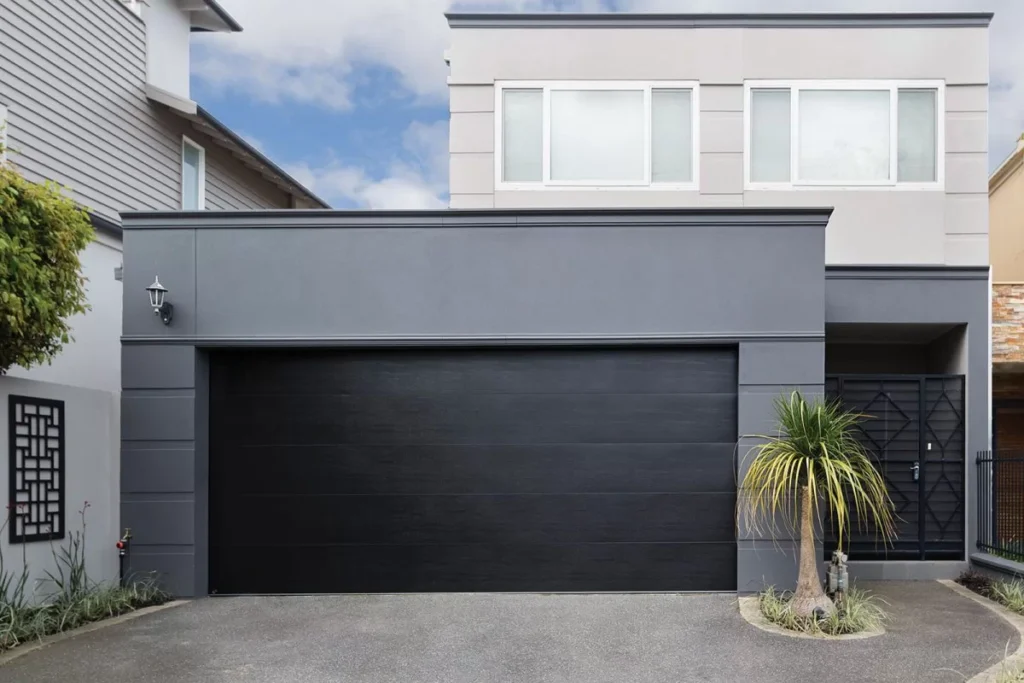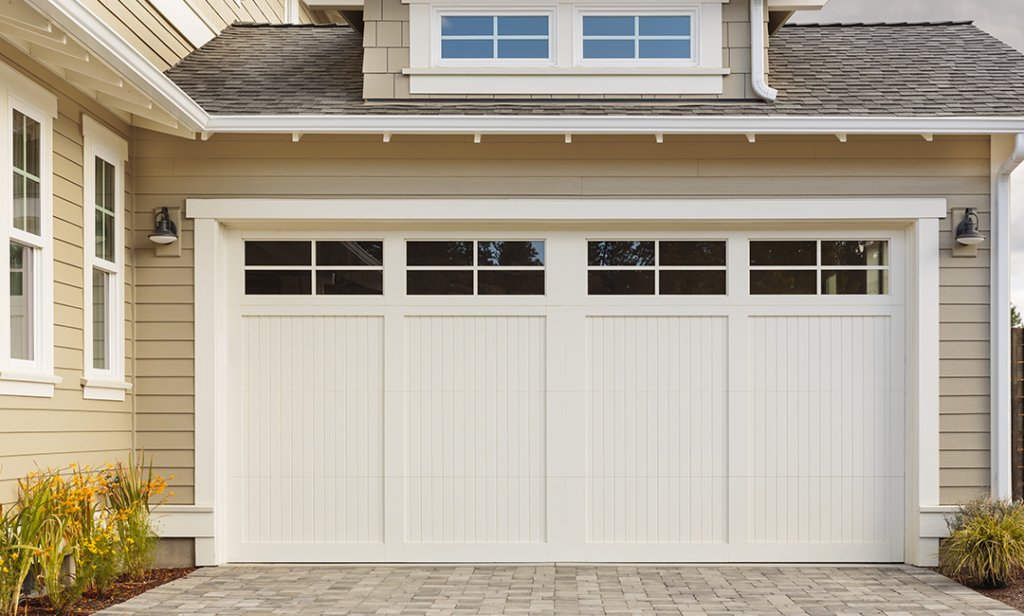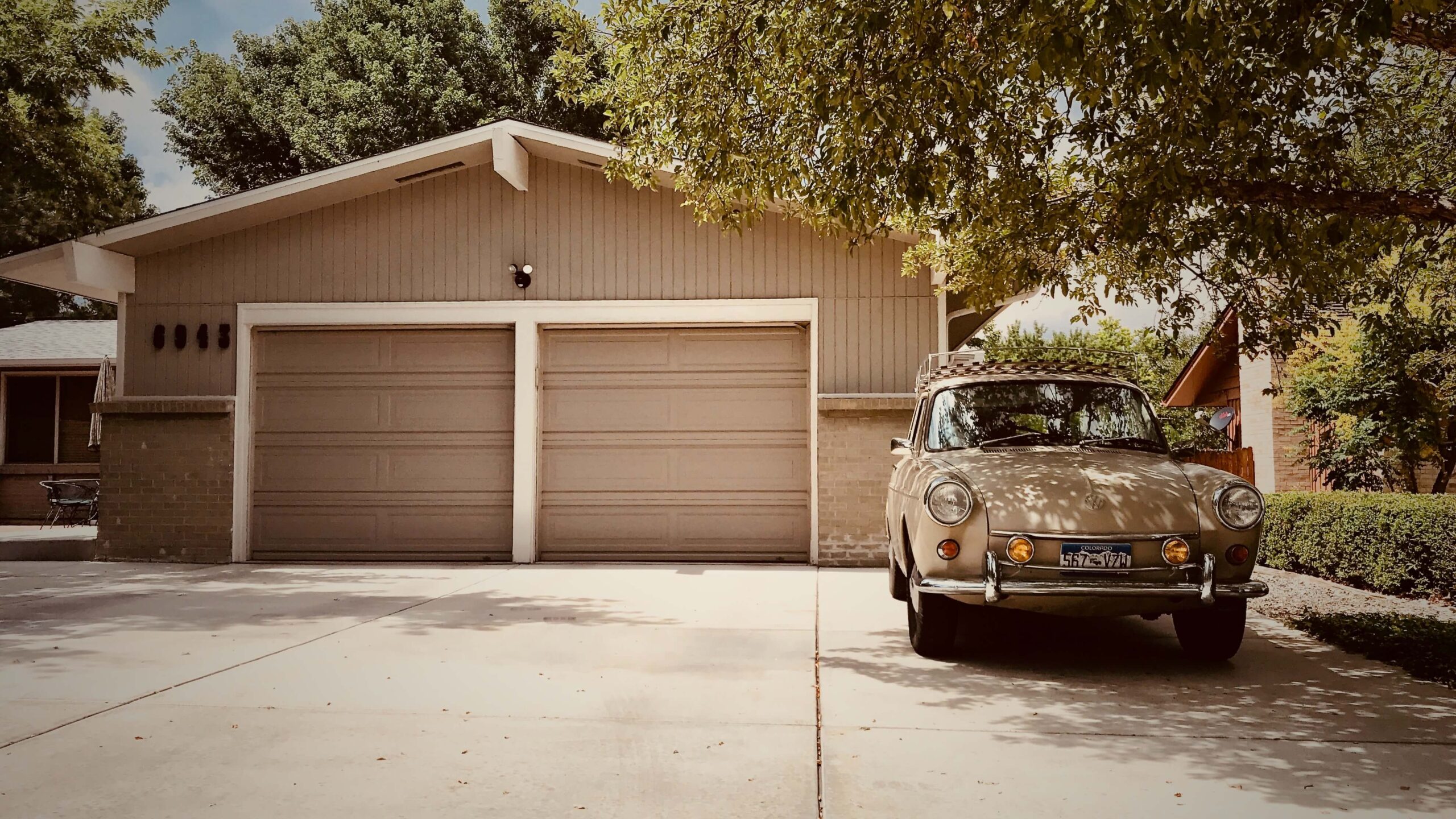Introduction
Garage doors are essential for the security and convenience of our homes. They protect our vehicles and belongings while adding to the overall aesthetic of our property. However, like any mechanical system, garage doors can develop issues over time. One common problem homeowners face is a garage door that won’t close completely. This issue can stem from a variety of causes, ranging from minor adjustments to more complex mechanical failures. In this article, we will explore the reasons why a garage door might not close fully and provide step-by-step troubleshooting tips to help you diagnose and resolve the problem.
Understanding The Garage Door Mechanism
Before diving into troubleshooting, it’s important to understand the basic mechanics of a garage door. Most garage doors operate using a combination of springs, cables, rollers, and tracks. The opener, usually powered by electricity, controls the door’s movement. Sensors placed near the floor help ensure the door does not close on objects or people. When you press the remote or wall switch, the motor engages, and the door begins to move along its tracks. If there are any obstructions or malfunctions in this process, the door may fail to close completely.

Common Reasons Why Garage Doors Won’t Close Completely
Obstructions In The Door’s Path
One of the simplest reasons your garage door won’t close is an obstruction in its path. Items like bicycles, lawn equipment, or even debris can interfere with the door’s operation. The safety sensors are designed to detect such obstacles, preventing the door from closing. To troubleshoot this, visually inspect the area beneath the garage door and remove any obstructions. Once cleared, try closing the door again.
Misaligned Safety Sensors
Safety sensors are an essential safety feature of modern garage doors. They are usually located a few inches above the ground on either side of the door. If these sensors are misaligned, the door may not close properly. To check their alignment, make sure the sensors face each other directly. If they appear tilted or shifted, gently adjust them until they align correctly. You should hear a click when the sensors are properly aligned. After adjusting, attempt to close the door again.
Dirty Or Blocked Safety Sensors
Dust, dirt, or spider webs can accumulate on the safety sensors, obstructing their ability to function correctly. If the sensors are dirty, they may not detect whether the path is clear, resulting in the door stopping short. To clean the sensors, use a soft, dry cloth to wipe away any debris. Ensure both sensors are clean and unobstructed before trying to close the door again.
Faulty Garage Door Opener
A malfunctioning garage door opener can also cause the door to stop short. If the motor is not functioning correctly, it may not have the power to fully close the door. Listen for any unusual sounds when attempting to close the door, such as grinding or clicking noises. If the opener appears to be the issue, you may need to consult the user manual for troubleshooting steps specific to your model or contact a professional technician.
Damaged Or Worn Springs
The springs in your garage door system are vital for its operation, providing the necessary tension to lift and lower the door. If the springs are damaged or worn out, they may not provide enough support for the door to close completely. Inspect the springs for any signs of wear, such as rust or visible breaks. If you suspect a spring issue, it is best to contact a professional, as working with garage door springs can be dangerous without proper knowledge and tools.
Misaligned Tracks
The tracks on which your garage door rolls may become misaligned over time. If the tracks are bent or out of alignment, the door may encounter resistance and fail to close completely. To check the tracks, look for any visible bends or obstructions. If you notice any misalignment, carefully adjust the tracks back into place using a wrench or a screwdriver. Ensure that they are straight and securely fastened before testing the door again.
Limit Switch Issues
The limit switch on your garage door opener determines how far the door should travel before stopping. If this switch is improperly set, it may prevent the door from closing fully. Most garage door openers have adjustable limit settings that can be accessed on the motor unit. Consult your opener’s manual for instructions on adjusting the limit switch. After making adjustments, test the door to see if it now closes completely.
Weather Stripping Problems
The weather stripping along the bottom of the garage door can wear out or become damaged over time. If the weather stripping is too thick, it can prevent the door from closing fully. Inspect the weather stripping for any tears or signs of wear. If necessary, replace the weather stripping with a new piece that fits properly. Once replaced, try closing the door again to see if it resolves the issue.
Power Supply Issues
If your garage door opener is not receiving sufficient power, it may struggle to operate correctly. Check the power supply to ensure the opener is plugged in and that the circuit breaker has not tripped. If the opener is battery-operated, make sure the batteries are charged or replaced as needed. After confirming the power supply, attempt to close the door once more.
Broken Cables
Garage door cables play a crucial role in lifting and lowering the door. If one of the cables is broken or frayed, it can lead to uneven movement, causing the door to stop before it is fully closed. Inspect the cables for any signs of damage or wear. If you find a broken cable, it is best to contact a professional for repair, as replacing garage door cables requires specialized knowledge and tools.

Step-By-Step Troubleshooting Guide
If your garage door won’t close completely, follow this step-by-step guide to identify and resolve the issue:
- Check for Obstructions: Examine the area around the garage door for any items blocking its path. Remove anything that may impede the door’s movement.
- Inspect Safety Sensors: Ensure the safety sensors are aligned and clean. Adjust or clean them as needed.
- Listen to the Opener: Pay attention to any unusual noises when trying to close the door. This can help identify issues with the opener.
- Examine the Springs: Look for signs of wear or damage in the springs. If damaged, contact a professional for repair.
- Check the Tracks: Inspect the tracks for bends or misalignment. Straighten and secure them as needed.
- Adjust the Limit Switch: Consult the opener’s manual to adjust the limit switch settings if necessary.
- Inspect Weather Stripping: Look for damage to the weather stripping and replace it if it’s too thick or worn.
- Verify Power Supply: Ensure the garage door opener is receiving power and that any batteries are charged or replaced.
- Examine Cables: Inspect the cables for fraying or breaks. If damaged, seek professional assistance.
Conclusion
A garage door that won’t close completely can be a frustrating issue for homeowners. Understanding the common causes and troubleshooting steps can help you diagnose the problem effectively. By checking for obstructions, ensuring the proper alignment of safety sensors, and inspecting the garage door mechanism, you can often resolve the issue on your own. However, if the problem persists or involves complex components like springs and cables, it’s advisable to contact a professional for assistance. Maintaining your garage door through regular inspections and addressing any issues promptly will ensure its longevity and reliable operation.


